Subtotal: $33.00
Hurricanes can devastate our homes. Not only do they cause physical damage, but they can allow microbial growth to take hold, lowering the indoor air quality and causing harmful exposure.
Hurricanes are among nature’s most formidable forces, with the power to upend lives and devastate communities. Each year, these storms remind us of our vulnerability and the importance of preparation. But beyond the immediate destruction, there’s a silent, often overlooked threat that can linger long after the storm has passed — indoor contamination.
Our homes often bear the brunt of these powerful storms. Over the years, we’ve witnessed the catastrophic effects of hurricanes, both in terms of loss of life and property. Hurricane Katrina alone claimed over 1,800 lives, left millions homeless, and caused more than $160 billion in damage. More recently, Hurricane Beryl became the earliest Category 5 Atlantic hurricane on record and is hypothesized to have caused between $2.5 billion and $4.5 billion in damages for the U.S. alone. But the dangers don’t end when the winds die down. Contaminated environments can wreak havoc on the health of those returning home, especially if the damage isn’t properly addressed. Inadequate responses and poor remediation protocols can leave individuals struggling and sick long after the storm has moved on.
This issue is one I’ve seen time and again, and it’s what ultimately drove me into the remediation industry.
Read the full article here: https://katiecouric.com/health/what-to-do-after-hurricane-water-damage-to-prevent-mold/
Must-Have Indoor Air Quality Tools
-
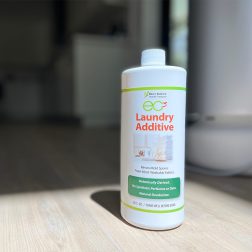
EC3 Laundry Additive
Add EC3 to every rinse cycle to rinse away mold, bacteria and musty odors from...
-
$23.00 Shop Now -
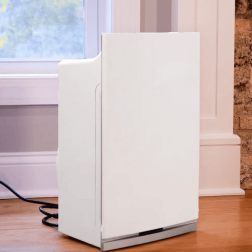
Intellipure Compact Air Purifier
Small in size, but delivers powerful results, reducing airborne microorganisms like mold, viruses, and bacteria.
-
$649.00 Shop Now -
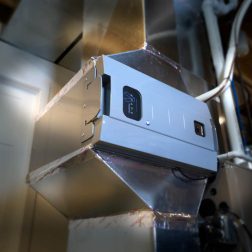
Intellipure SuperV Whole House Air Purifier
Turn your HVAC into a filtration system, removing 99% of ultrafine particles including airborne mold,...
-
Price range: $2,000.00 through $2,995.00 Shop Now -
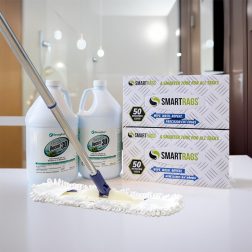
HomeCleanse Cleaning
Take your cleaning to the next level buying all the tools we use to keep...
-
Price range: $299.00 through $549.00 Shop Now -
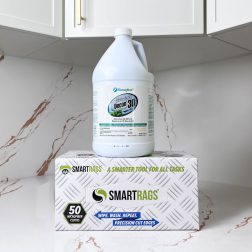
Mold & Bacteria Contents Cleaning
Remove harmful pollutants that accumulate in the dust of your home. (Options available for renters...
-
Price range: $99.00 through $349.00 Shop Now -

EC3 Mold Solution Concentrate
Micro Balance EC3 Mold Solution Concentrate is a natural botanical that removes mold spores, bacteria,...
-
$33.00 Shop Now -

Industry-Leading Intellipure Ultrafine 468
The Intellipure® Ultrafine 468 features our proprietary DFS technology, which traps and eliminates potentially harmful...
-
Shop Now -
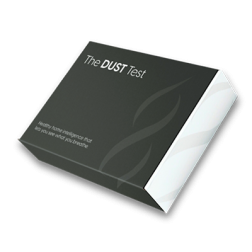
The Dust Test
The Dust Test is a comprehensive at-home test that helps you identify mold and toxins...
-
$299.00 Shop Now -
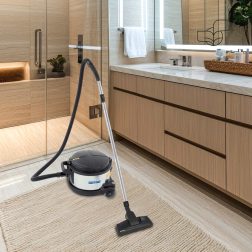
EuroClean 4 Gallon Hepa Vacuum
The Euroclean GD930HSP is a 4 Gallon Dry HEPA Vacuum that meets the EPA's standards...
-
$849.00 Shop Now -
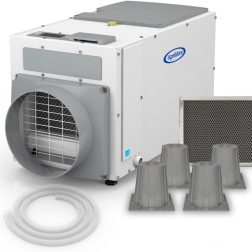
AprilAire E080 Professional Dehumidifier Bundle
Includes all the dehumidifier accessories you will need. Our Aprilaire E080 comes with a drain...
-
$1,524.99 Shop Now
